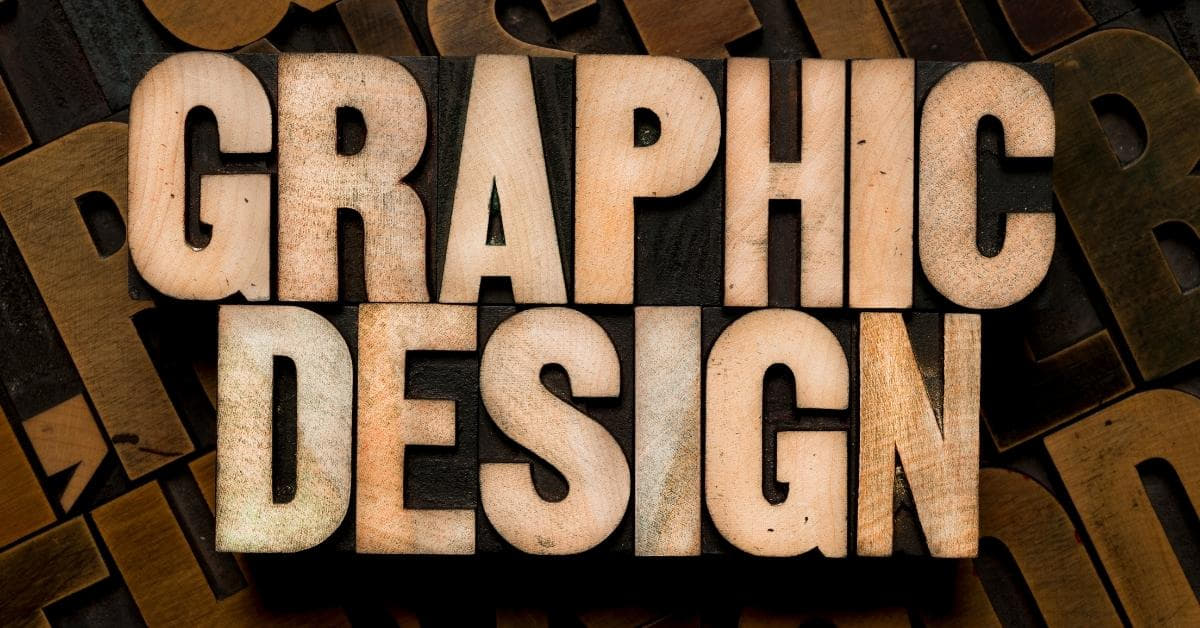In the dynamic realm of visual communication, graphic design plays a pivotal role in conveying messages, ideas, and emotions. A multitude of graphic design types exists, each catering to specific purposes and preferences. In this article, we will delve into the various facets of graphic design, shedding light on the types that shape the visual landscape.
Types of Graphic Designs
- Print Design:
Print design encompasses visuals created for physical mediums like brochures, posters, magazines, and packaging. This type of design demands careful consideration of layout, color, and typography to ensure a compelling and visually cohesive end product. - Digital Graphic Design:
Digital graphic design focuses on visuals for online platforms, including websites, social media, and digital marketing materials. Designers in this field need to be mindful of screen resolutions, user experience, and interactivity to create visually appealing digital content. - Branding Design:
Branding design involves creating a visual identity for a brand, including its logo, color scheme, and overall aesthetic. It aims to establish a consistent and recognizable image that resonates with the brand’s values and appeals to its target audience. - Motion Graphic Design:
Motion graphics bring static visuals to life through animation. This type of design is prevalent in video content, advertisements, and multimedia presentations, enhancing engagement and conveying complex information in an easily digestible format. - Environmental Graphic Design:
Environmental graphic design integrates visuals into physical spaces, such as retail stores, museums, and public areas. It involves the strategic placement of graphics to enhance the overall user experience and convey information in a spatial context. - User Interface (UI) Design:
UI design focuses on creating visually appealing and user-friendly interfaces for websites, applications, and software. It involves careful consideration of layout, navigation, and visual hierarchy to optimize the user experience. - Typography Design:
Typography is a fundamental aspect of graphic design, involving the art and technique of arranging type. Typography design plays a crucial role in conveying the intended message, setting the tone, and enhancing the overall visual appeal of the design. - Illustration Design:
Illustration design involves creating original artwork to visually represent ideas or concepts. This type of design is often used in editorial content, children’s books, and digital media to add a unique and personal touch.
FAQs
Q1: What skills are essential for a career in graphic design?
A1: Key skills for graphic designers include proficiency in image editing software, creativity, attention to detail, communication skills, and an understanding of design principles.
Q2: How do I choose the right type of graphic design for my project?
A2: Consider the purpose of your project, target audience, and the message you want to convey. Different types of graphic design cater to specific needs, so choose the one that aligns with your goals.
Q3: Is graphic design only about aesthetics?
A3: No, graphic design goes beyond aesthetics. It involves effective communication, problem-solving, and conveying messages visually in a way that resonates with the intended audience.
Conclusion
Navigating the diverse landscape of graphic design requires an understanding of the different types and their unique characteristics. Whether you’re creating a brand identity, designing for print or digital platforms, or incorporating visuals into physical spaces, each type of graphic design plays a crucial role in shaping our visual experiences. By exploring these types, you can make informed decisions to bring your creative visions to life.
This page was last edited on 28 February 2024, at 1:02 pm
